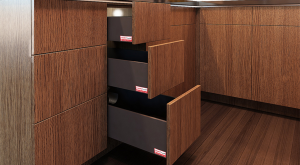Featured Post
The Benefits of Eco-Friendly Furniture
Eco-friendly furniture is more than just a trend; it's a sustainable choice that benefits both the environment and your health. This article delves into the advantages of choosing eco-friendly furniture, from reducing your carbon footprint to improving indoor air quality. You'll also find practical tips on selecting and maintaining sustainable furniture for your home.

Eco-friendly furniture, also known as sustainable or green furniture, is designed and manufactured with minimal environmental impact. This includes using renewable resources, recycled materials, and non-toxic finishes. Unlike traditional furniture, which often relies on harmful chemicals and unsustainable logging practices, eco-friendly options prioritize the planet's health.
For example, bamboo is a popular material for eco-friendly furniture because it grows quickly and doesn't require pesticides. Reclaimed wood is another excellent choice, as it gives new life to old materials that would otherwise end up in landfills.
When I first learned about eco-friendly furniture, I was skeptical. Could it really make a difference? But after doing some research and making the switch in my own home, I've seen the benefits firsthand.
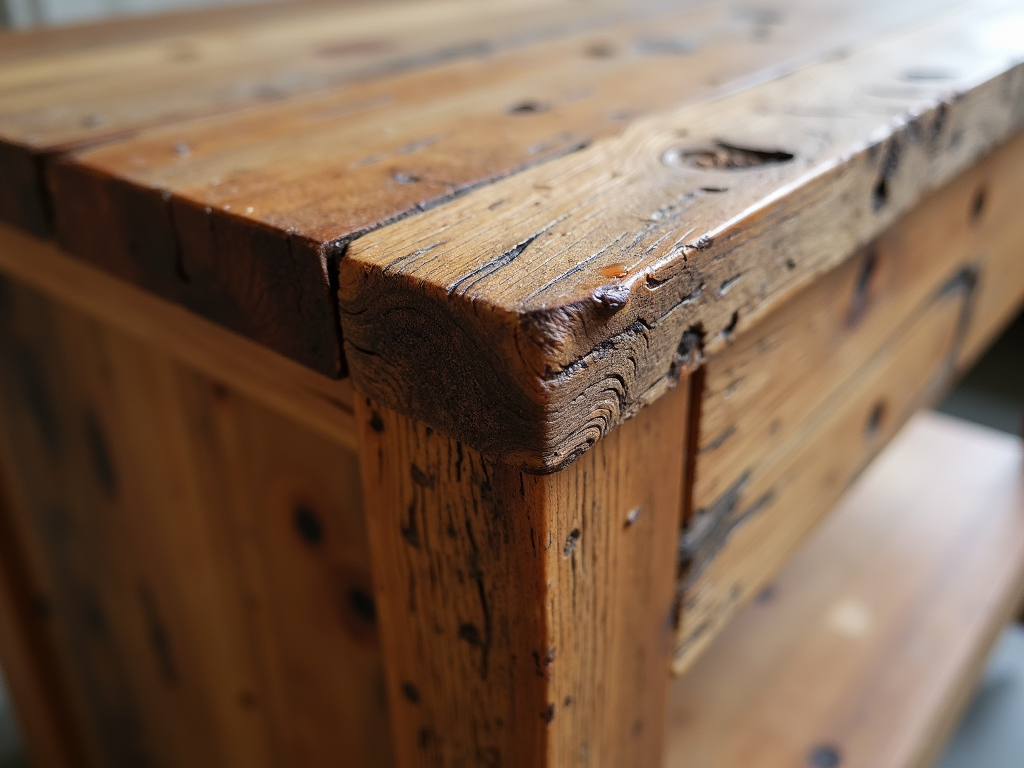
One of the most significant advantages of eco-friendly furniture is its positive impact on the environment. Traditional furniture production often involves deforestation, which contributes to habitat loss and climate change. In contrast, sustainable furniture uses materials that are responsibly sourced or recycled.
According to a study by the Environmental Protection Agency (EPA), the furniture industry is a major contributor to greenhouse gas emissions. By choosing eco-friendly options, you can help reduce these emissions and support sustainable practices.
Moreover, eco-friendly furniture often lasts longer than traditional pieces, reducing the need for frequent replacements and further minimizing waste.
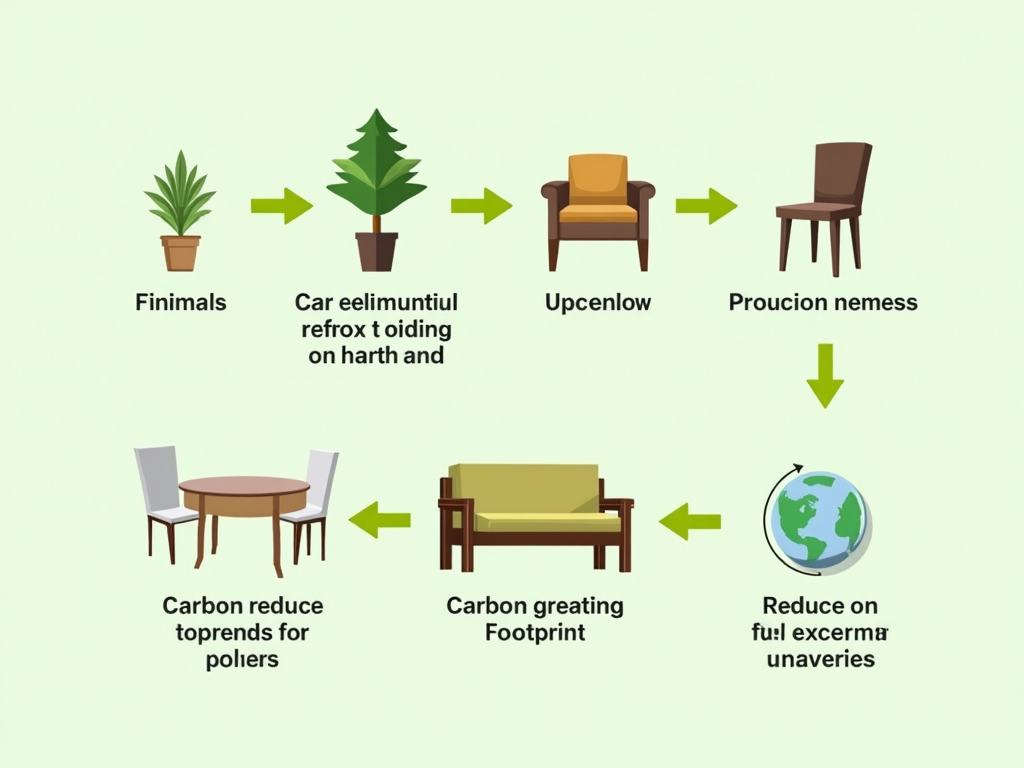
Eco-friendly furniture isn't just good for the planet; it's also better for your health. Many conventional furniture items contain volatile organic compounds (VOCs), which can off-gas and pollute indoor air. These chemicals have been linked to respiratory issues, headaches, and even cancer.
Sustainable furniture, on the other hand, uses non-toxic materials and finishes, ensuring that your home's air quality remains clean and safe. When I replaced my old bed with an eco-friendly one, I noticed a significant improvement in my sleep quality and overall well-being.

While eco-friendly furniture might have a higher upfront cost, it can save you money in the long run. Sustainable materials are often more durable, meaning your furniture will last longer and require fewer repairs or replacements.
Additionally, many eco-friendly furniture brands offer warranties or guarantees, providing peace of mind and protecting your investment.
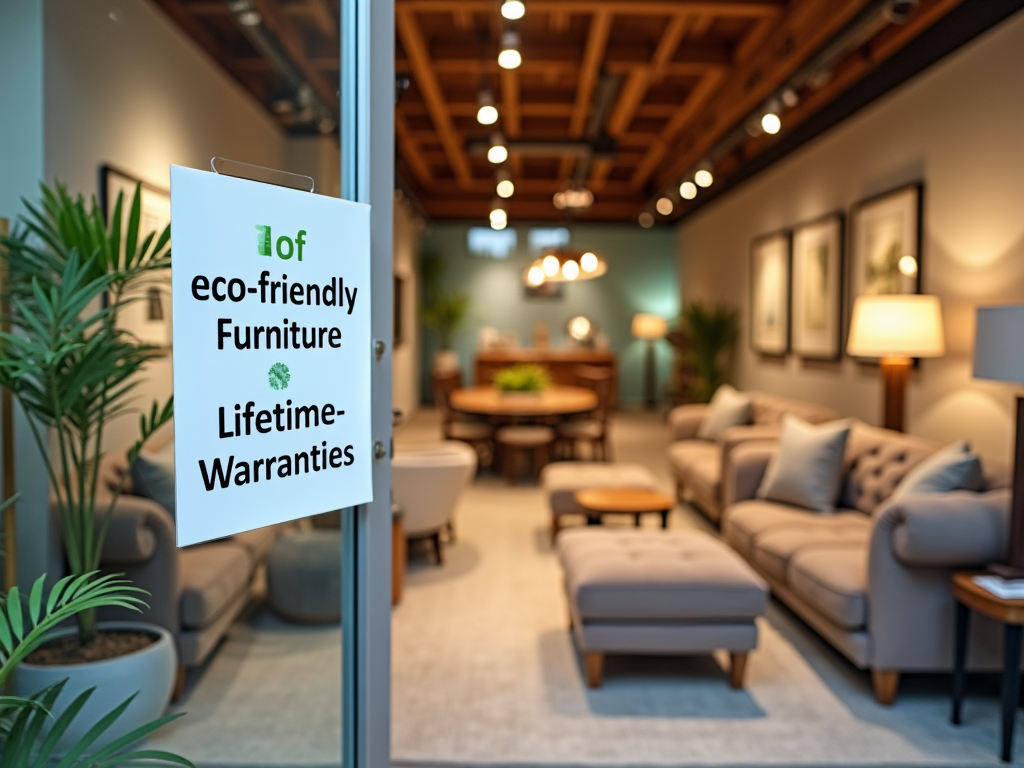
When shopping for eco-friendly furniture, look for certifications like Forest Stewardship Council (FSC) or Greenguard, which ensure that the products meet strict environmental and health standards.
Consider the materials used. Opt for renewable resources like bamboo, cork, or reclaimed wood. Avoid furniture made with particleboard or MDF, as these often contain formaldehyde and other harmful chemicals.
Also, think about the manufacturing process. Look for brands that prioritize sustainable practices, such as using renewable energy or minimizing waste.

Proper maintenance is key to extending the life of your eco-friendly furniture. Here are some tips:
- Clean regularly with mild, natural cleaners to avoid damaging the materials.
- Avoid placing furniture in direct sunlight, as this can cause fading or warping.
- Use coasters and placemats to protect surfaces from scratches and spills.
- For wooden furniture, apply a natural wax or oil periodically to maintain its finish.
By following these simple care tips, you can ensure that your sustainable furniture remains in excellent condition for years to come.

Choosing eco-friendly furniture is a win-win for both the environment and your health. From reducing your carbon footprint to improving indoor air quality, the benefits are clear. By selecting sustainable materials and following proper maintenance practices, you can enjoy beautiful, long-lasting furniture that aligns with your values.
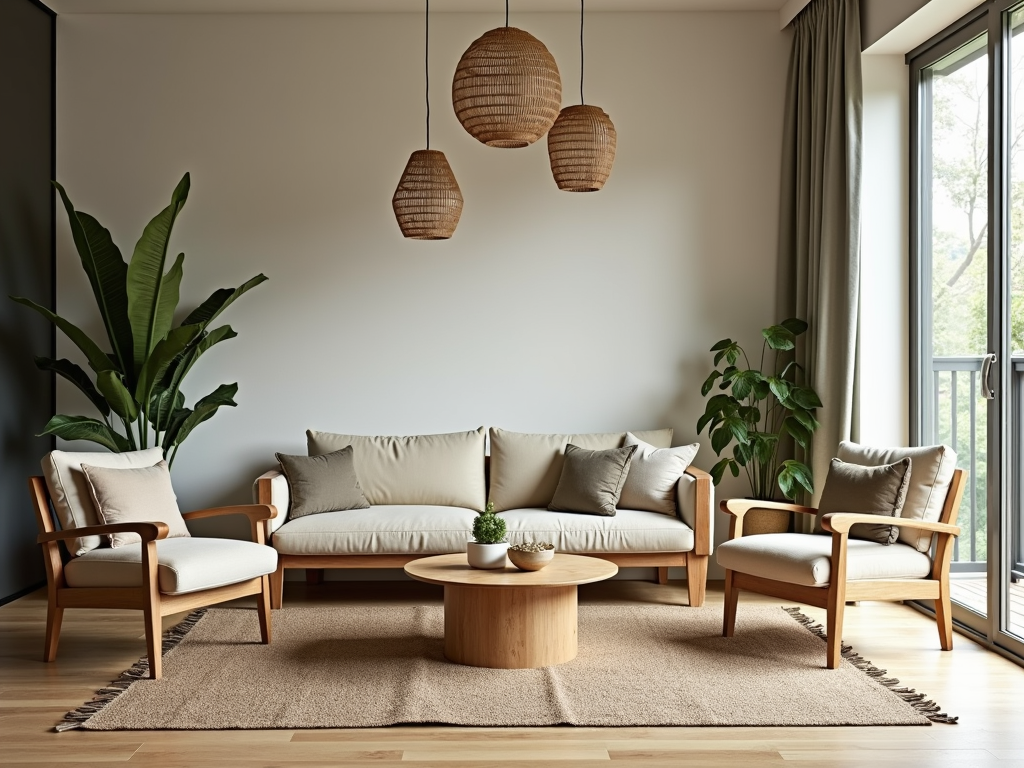
- "The Ultimate Guide to Furniture Maintenance"
- "Furniture Care Tips for Long-Lasting Quality"
- "Why Bamboo is the Future of Furniture"
- "The Health Benefits of Non-Toxic Furniture"
- "How to Spot Sustainable Furniture Brands"







